Three whites
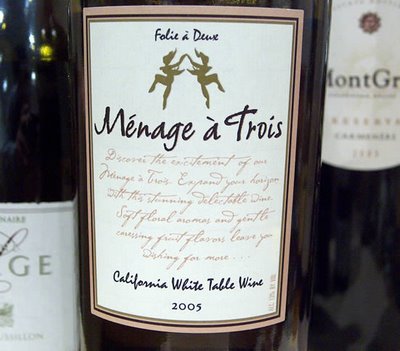 If you pushed me, Iíd have to confess to being a red wine sort of guy. Itís reds that I tend to plump for, unless my food choice absolutely dictates a C-thru (as some Aussies refer to white wines).
If you pushed me, Iíd have to confess to being a red wine sort of guy. Itís reds that I tend to plump for, unless my food choice absolutely dictates a C-thru (as some Aussies refer to white wines).Tonight, three whites to report on. A seductive, aromatic Californian; a Roussillon white that I was a little harsh on yesterday; and a surprisingly good inexpensive white Rioja.
Folie ŗ Deux Mťnage ŗ Trois 2005 California
This is really interesting. Itís a blend of Chardonnay, Moscato and Chenin Blanc from California and it works. The result of this coming together of three rather different varieties is an accessible, pretty, grapey aromatic white with good balance between the floral, grapey aromas, a little touch of sweetness, and acidity to keep things fresh. A wine for casual sipping that doesnít need food, and which would really appeal to novice wine drinkers. Itís just good fun. 85/100 (£7.50 http://www.winedirect.co.uk/)
Domaine Lafage Cuvťe Centenaire Blanc 2005 CŰtes du Roussillon, France
This is made predominantly from 100 year old white Grenache vines, fermented in oak. I was a little unfair declaring this to be like Chilean Chardonnay when I tasted it yesterday. Thereís prominent oak here, but closer inspection reveals an extra dimension that Iíd like to believe comes from the old vines and terroir. The nose shows vanilla, nuts, honey and a subtle, fresh minerality. The palate has nice fresh, almost lemony fruit, alongside the richer toasty, nutty oak and some tropical fruit richness. If these were my old vines, Iíd pick a little bit earlier and tone down the oak (use old rather than new, and perhaps 500 litre rather than 225 litre) and aim at a reductive ťlťvage that brings out the flinty minerality in a more pronounced way. This isnít a bad wine Ė I quite like it, and at £6.99 itís a total bargain. But I reckon it could be a bit better and have more of a personality. 86/100 (£6.99 Waitrose)
Rioja Gran Familia White 2006 Rioja, Spain
Hand-picked Malvasia and Viura, without any of the oak that sometimes kills off white Rioja. The fresh, bright nose is quite lemony with some nutty, honeyed depth. The palate is crisp with good acidity and lovely fruity, herby, slightly nutty flavours. Nice balance and freshness: delicious for the price. 84/100 (£4.99 Tesco, Co-op)
Labels: california, Rioja, Roussillon, spain
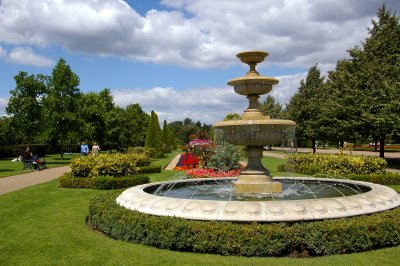

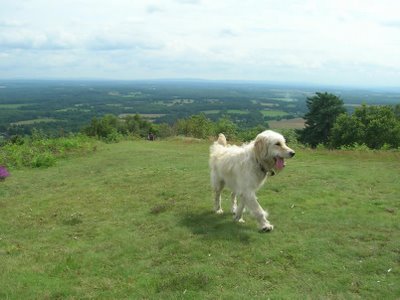
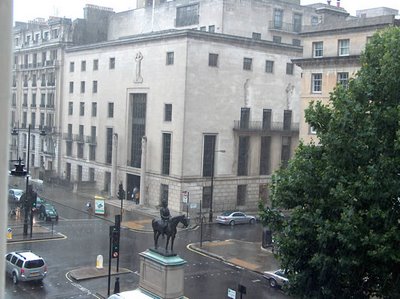
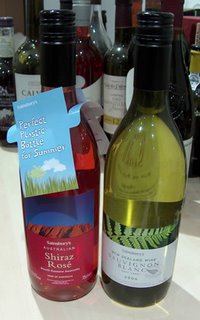
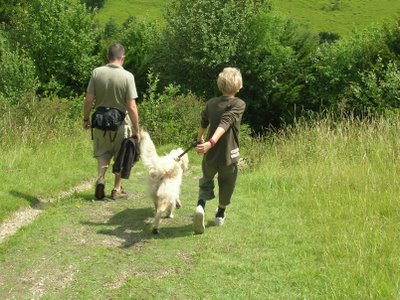
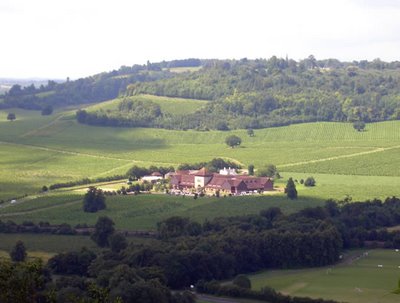
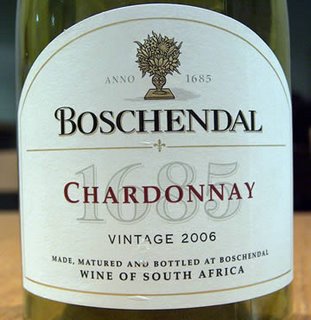
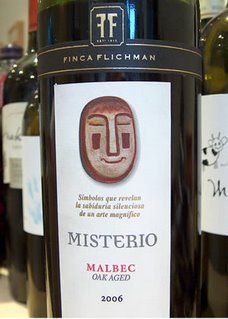
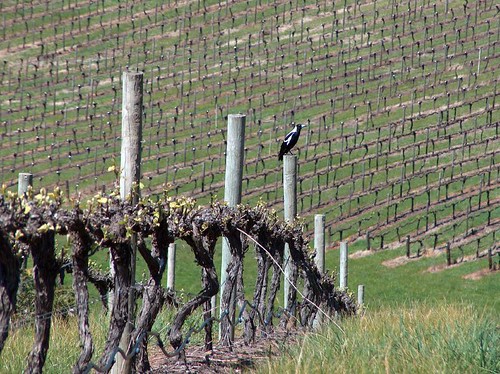
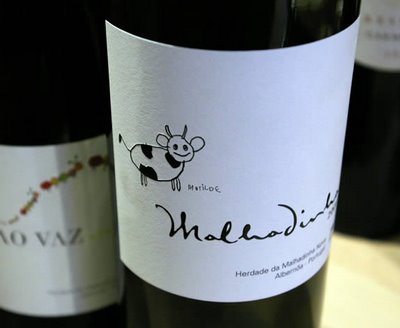
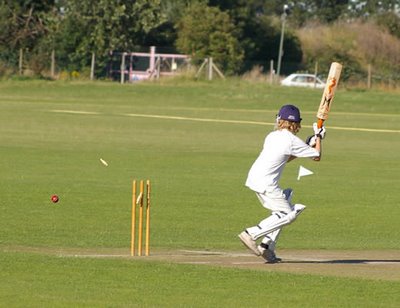
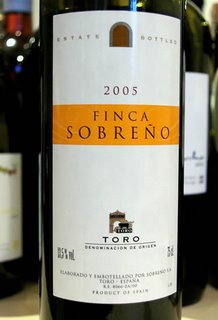
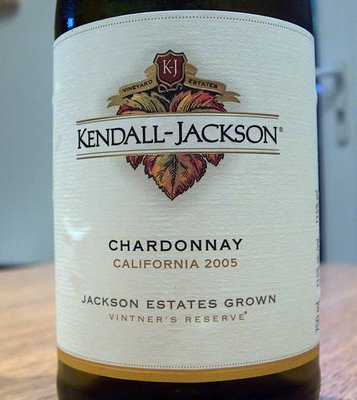
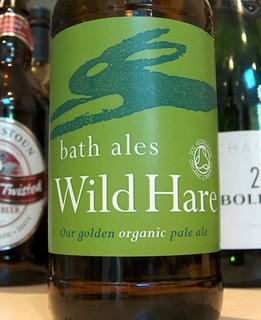
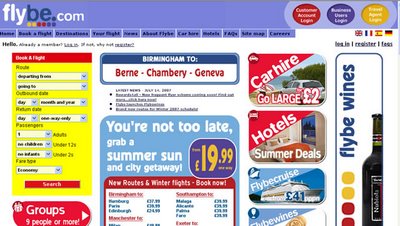
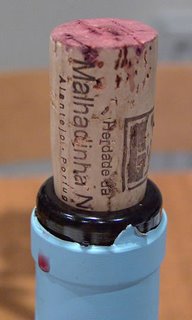
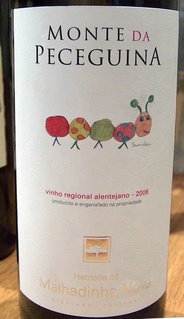
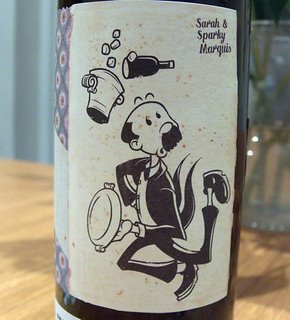
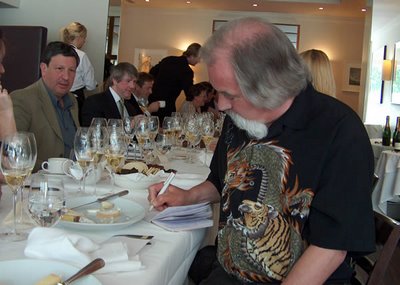
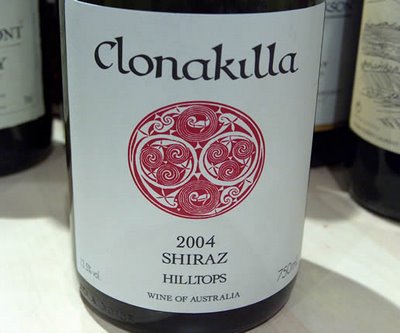
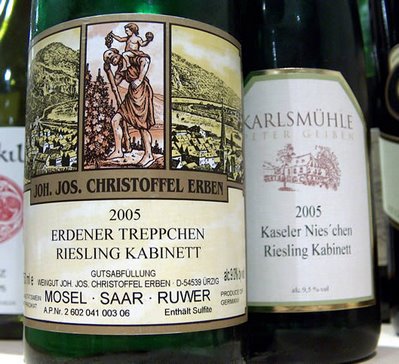
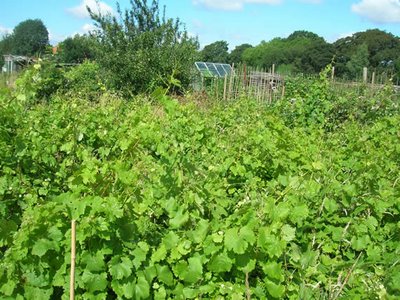
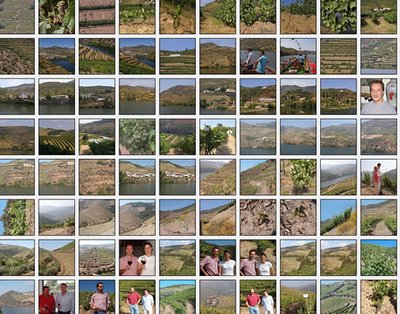
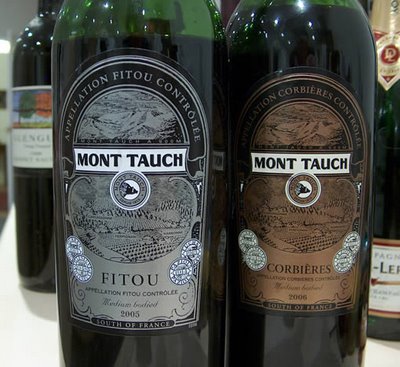
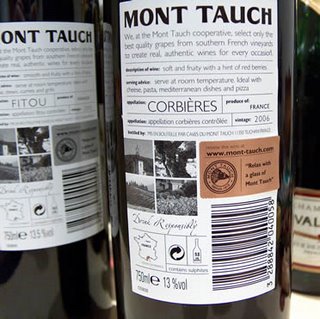

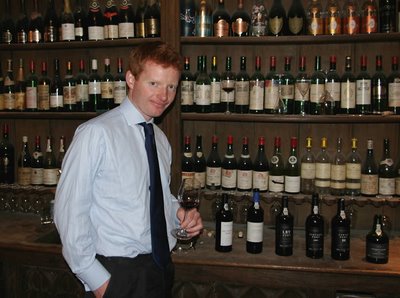
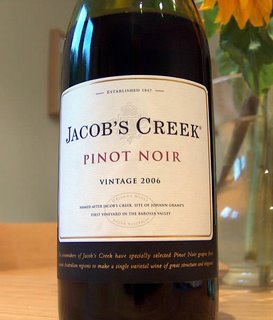
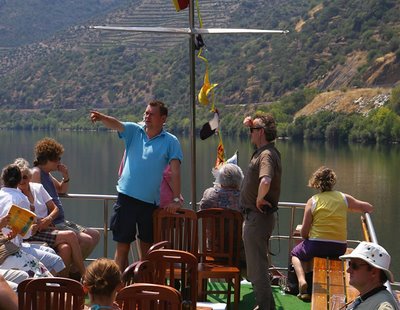
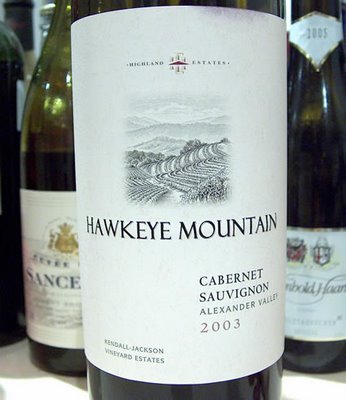

 The web log of wine journalist Jamie Goode. Feel free to nose around; your comments are welcome
The web log of wine journalist Jamie Goode. Feel free to nose around; your comments are welcome 
